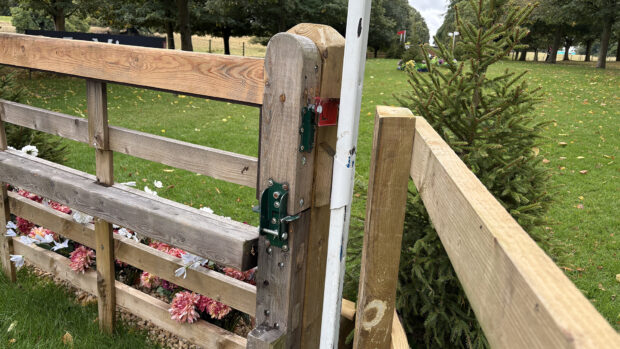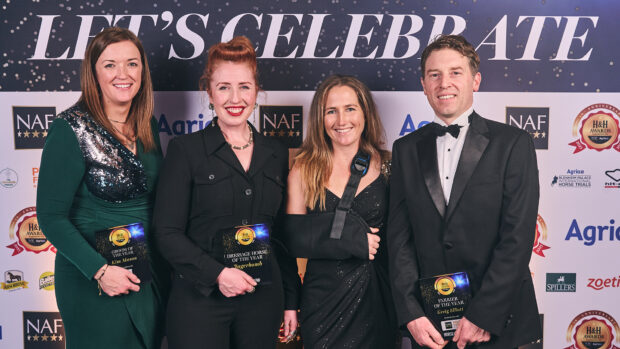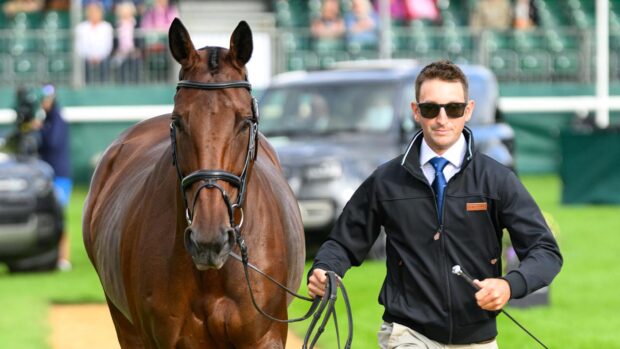Good flatwork will give you a nicer horse to ride as well as ensuring you get the results in the ring, says Mark Todd
The feeling of riding a well-trained horse is fantastic. It’s worth spending time on flatwork just to have a nicer horse to ride. But instead of doing endless circles, many riders would be better off getting fit so they can put themselves in the correct position to be effective.
Top tips for successful flatwork
The most common mistake is not riding forward enough off the leg and establishing the basics, which are:
- that the horse goes forward from the leg
- that he slows down and stops for the hand
- that he allows his body to be supple and loose
- that he goes forward and maintains a rhythm.
Once you have these, the rest, if ridden correctly, will follow easily.
The horse has to learn that the correct way of going is the most comfortable way. If a horse puts his head in the air either drop your hands to show him how to come back down or keep your hands high and maintain a contact so the horse knows he can’t get away from it by sticking his head up. Keep pressure in the legs, so that the horse has to find a wayof escaping contact and brings his head down. Reward him, not by releasing contact, but by relaxing your arm.
If you ask a question and nothing happens, ask more strongly. Don’t give up – keep going until you get a response.
Rhythm andstraightness are vital. Straightness must come from the leg with correction from the hand – not the other way around. Rhythm needs to be in the rider’s head.
Transitions are the key to improving the quality of the horse’s work.
Rider position
A horse can’t be expected to go correctly if the rider is not in the correct position, asking the right questions and giving the right signals.
- Sit squarely in the saddle in even balance over the horse’s back.
- The leg should be on, long and relaxed and by the horse’s side, not squeezed on.
- The foot should be parallel to the horse’s side.
- The rider should sit tall with shoulders back but never tense.
- The rider’s head should be up and the neck relaxed.
- The hands should remain closed around the reins with the thumbs on top. If the elbows are carried away from the side there will immediately be tension through the arm.
- It is the rider’s job to understand the correct aids and maintain their own rhythm and balance.
See today’s Horse & Hound (22 November 2001) for Mark Todd’s five-page flatwork masterclass where he offers expert advice to Dannie Smyth and the nine-year-old ex-chaser Armada.
See next week’s Horse & Hound (29 November 2001) for Mark’s advice on establishing a solid jumping technique, or click here to subscribe and get Horse & Hound delivered to your door.



